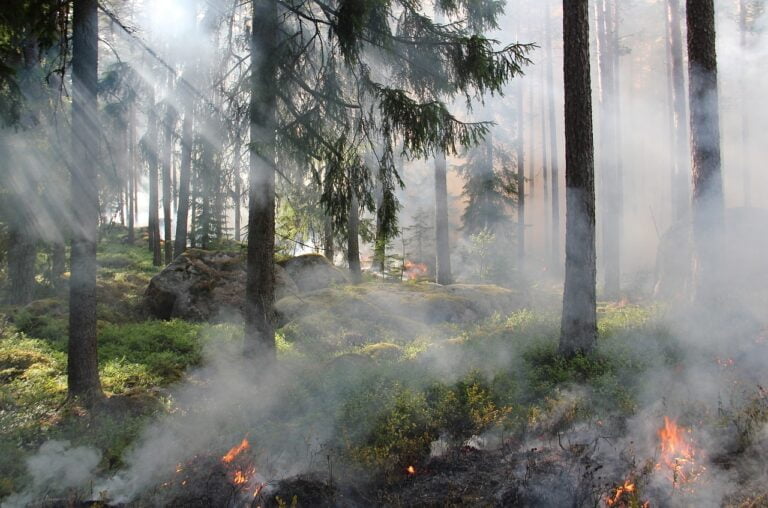What Is the 3 3 3 Rule Survival?
The 3 3 3 Rule is a fundamental guideline for wilderness survival, emphasizing that a person can survive for three weeks without food, three days without water, and three minutes without air. This rule prioritizes survival needs, highlighting the body's ability to sustain itself without nutrition for an extended period. Dehydration sets in much faster, making access to water a priority, while maintaining a safe airway is vital. Understanding these priorities is essential for staying alive in the wild, and with the right knowledge and skills, it's possible to adapt to changing circumstances and increase chances of survival – learn how to apply this rule in a wilderness emergency.
Understanding the 3 3 3 Rule
The 3 3 3 Rule, a widely recognized wilderness survival guideline, suggests that a person can survive for three weeks without food, three days without water, and three minutes without air. This rule serves as a fundamental principle for prioritizing survival needs in emergency situations. Understanding the 3 3 3 Rule is vital for individuals venturing into the wilderness, as it provides a framework for allocating resources and making informed decisions to increase chances of survival.
The three weeks without food aspect of the rule highlights the body's ability to sustain itself for an extended period without nutrition. This is due to the body's stored energy reserves, which can be utilized in the absence of food. However, dehydration sets in much faster, making access to water a priority. The three days without water benchmark emphasizes the importance of finding a reliable water source to prevent dehydration.
The three minutes without air aspect of the rule underscores the critical importance of maintaining a safe airway. In a survival situation, ensuring a clear airway is essential, as respiratory failure can occur rapidly. By grasping the 3 3 3 Rule, individuals can better allocate their resources, prioritize their needs, and make informed decisions to increase their chances of survival in a wilderness emergency.
Survival Priorities in Action
By understanding the 3 3 3 Rule, individuals can effectively allocate resources and prioritize their needs in a wilderness survival situation, and it is this application of the rule that ultimately determines the difference between life and death.
In a survival scenario, prioritizing needs is crucial. The 3 3 3 Rule provides a framework for allocating resources and making decisions that ensure survival. Here are some key considerations for survival priorities in action:
- Airway and Breathing: Ensure a clear airway and rescue breathing if necessary.
- Shelter and Protection: Find or create a safe shelter to protect from the elements.
- Fire and Warmth: Start a fire to provide warmth, light, and a way to signal for help.
- Water and Hydration: Locate a reliable source of clean drinking water and ration it wisely.
- Food and Nutrition: Ration food and prioritize high-calorie intake to maintain energy.
Staying Alive in the Wild
In the wilderness, staying alive requires a combination of knowledge, skills, and the right mindset, as well as the ability to adapt to changing circumstances and prioritize survival needs. When faced with a survival situation, it's vital to remain calm and think clearly, evaluating your situation and identifying potential hazards. This includes recognizing signs of dehydration, hypothermia, and other life-threatening conditions.
Once you've evaluated your situation, focus on finding or creating a safe shelter. This can be as simple as finding natural protection like a cave or overhang, or creating a lean-to using branches and a tarp. Adequate shelter can protect you from the elements and wildlife, reducing the risk of injury or death.
Next, locate a reliable source of water. This can involve finding a stream, river, or pond, or collecting dew or rainwater. Purify the water using methods like boiling, using water purification tablets, or creating a solar still. Avoid drinking stagnant water, as it can be contaminated with bacteria, viruses, or other pollutants.

